Home>Garden Essentials>What Is A Baluster Rail Infill
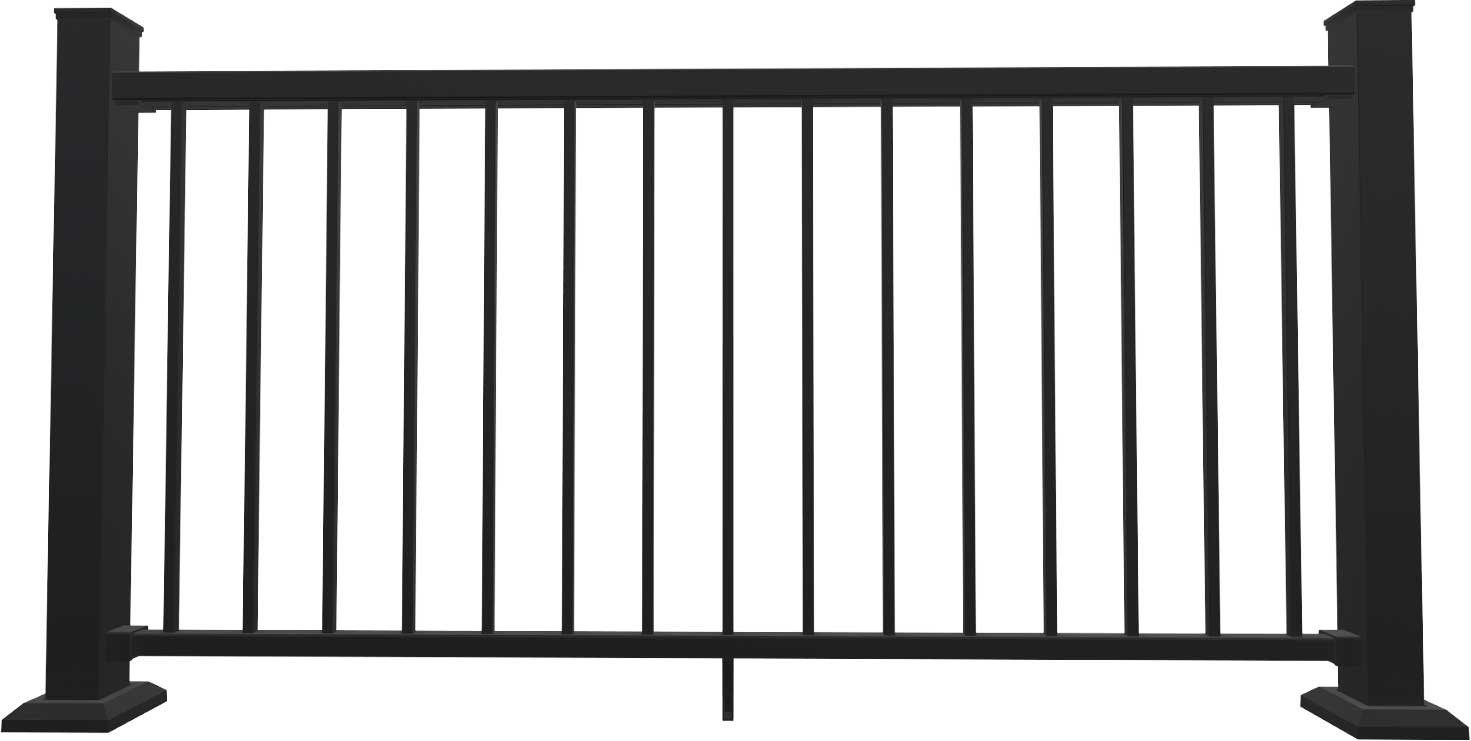

Garden Essentials
What Is A Baluster Rail Infill
Modified: October 20, 2024
Discover the beauty of a baluster rail infill for your garden
(Many of the links in this article redirect to a specific reviewed product. Your purchase of these products through affiliate links helps to generate commission for Storables.com, at no extra cost. Learn more)
Introduction
Welcome to the world of baluster rail infill – a crucial component in the world of architecture and design. Whether you’re working on a residential property or a commercial development, baluster rail infill plays a vital role in both the functionality and aesthetics of a space.
But what exactly is a baluster rail infill? In simple terms, it refers to the vertical elements that fill the gaps between the handrails and the bottom rail of a balustrade or railing system. It acts as a barrier, providing structural support while enhancing the overall design.
While it may seem like a minor detail, selecting the right baluster rail infill can have a significant impact on the overall look and feel of your space. From traditional to modern designs, the possibilities are endless when it comes to choosing the perfect baluster rail infill for your project.
In this comprehensive guide, we’ll delve into everything you need to know about baluster rail infill. We’ll explore different materials, popular designs, installation process, maintenance tips, safety considerations, and more. So, whether you’re a homeowner looking to upgrade your railing system or a designer seeking inspiration, let’s dive into the fascinating world of baluster rail infill.
Key Takeaways:
- Baluster rail infill is a safety barrier that fills the gaps in railing systems, preventing falls and adding a decorative touch. It comes in various materials and styles to enhance the look of any space.
- Choosing the right baluster rail infill is crucial for safety, compliance with regulations, and enhancing the overall aesthetic of a property. Regular maintenance and proper installation are essential for long-term durability.
Read more: What Is An Infill
Definition of a Baluster Rail Infill
A baluster rail infill, also known as a baluster infill or baluster spindle, is a vertical component that fills the void between the handrail and the bottom rail of a balustrade or railing system. It serves as a safety barrier while adding a decorative element to the overall design.
The term “baluster” refers to the individual vertical posts or spindles that make up a balustrade. These spindles are evenly spaced and provide structural support for the railing system. The baluster rail infill, as the name suggests, fills the space between these spindles.
Traditionally, baluster rail infills were made from materials such as wood or wrought iron, but today, there is a wide range of options available, including metal, glass, cable, and composite materials. Each material offers its own unique aesthetic and functional properties.
The primary purpose of a baluster rail infill is to ensure the safety of individuals using the stairs or walking along a raised platform. By filling the gap between the handrail and the bottom rail, it prevents people from accidentally slipping through or getting caught in the space. This is especially important in areas where there is a risk of falling from a height.
Aside from its functional purpose, the baluster rail infill also serves as a design element, contributing to the overall aesthetic of the railing system. The choice of material, style, and spacing can dramatically impact the visual appeal of a space, whether it’s a staircase, balcony, or deck.
Ultimately, the definition of a baluster rail infill encompasses its role as both a safety feature and a design element. By carefully selecting the right infill material and design, you can create a visually stunning railing system that meets safety standards and enhances the overall architectural appeal of your space.
Importance of Baluster Rail Infill
The baluster rail infill may seem like a small component of a railing system, but its importance should not be overlooked. Here are some key reasons why baluster rail infill is essential:
- Safety: One of the primary purposes of baluster rail infill is to ensure the safety of individuals using the stairs, balcony, or any elevated platform. By filling the space between the handrail and the bottom rail, it prevents accidental falls and provides a barrier to keep people from slipping through. This is particularly crucial for households with young children or individuals with mobility challenges.
- Code Compliance: Building codes and regulations often dictate specific requirements for baluster rail infill design and spacing. These regulations are in place to ensure the safety of occupants and adhere to industry standards. Installing the appropriate baluster rail infill helps you meet these requirements and ensures your construction project is in compliance with local regulations.
- Aesthetic Enhancement: While safety is paramount, the aesthetic aspect should not be overlooked. The design, material, and spacing of the baluster rail infill contribute to the overall appearance of the railing system and add a decorative touch. Whether you’re aiming for a traditional, modern, or contemporary look, the choice of baluster rail infill can greatly enhance the visual appeal of your space.
- Customization and Creativity: Baluster rail infill provides an opportunity for customization and creativity. With the availability of various materials such as metal, glass, cable, and composite materials, you have the freedom to choose a style that aligns with your design vision. You can experiment with different infill patterns, colors, and textures to create a unique and personalized railing system.
- Increased Property Value: Investing in high-quality baluster rail infill not only improves the look of your property but can also increase its value. Potential homebuyers and investors often consider the aesthetics and safety features of a property, and a well-designed and well-maintained baluster rail infill can make a positive impression and enhance the overall value of your home or commercial space.
Overall, the baluster rail infill is a crucial element in any railing system. It provides safety, ensures code compliance, enhances the aesthetic appeal, allows for customization, and adds value to your property. When selecting baluster rail infill, consider the functional requirements, design preferences, and regulatory guidelines to create a harmonious and safe environment.
Materials Used for Baluster Rail Infill
When it comes to selecting the materials for your baluster rail infill, there are various options available, each with its own unique properties and aesthetic appeal. Here are some commonly used materials:
- Wood: Wood is a classic choice for baluster rail infill, providing a timeless and traditional look. It is versatile and can be crafted into different shapes and designs. Wood infills can be stained or painted to match the overall theme of your space. However, it’s important to note that wood requires regular maintenance to prevent rot, decay, and insect infestation.
- Wrought Iron: Wrought iron is a durable and elegant choice for baluster rail infill. It offers a decorative touch and can be beautifully crafted into intricate designs. Wrought iron infills are often black or dark in color, which contrasts well with lighter railings. However, it can be susceptible to rust, so periodic maintenance and painting are necessary to keep it in good condition.
- Metal: Other types of metals, such as aluminum and stainless steel, are popular choices for baluster rail infill. Metal infills offer strength, durability, and low maintenance. They can be powder-coated or painted in various colors to suit your design preferences. Metal infills can be designed in different styles, from sleek and modern to ornate and traditional.
- Glass: Glass infills provide a modern and sophisticated look to any railing system. They allow for unobstructed views, which is particularly desirable in settings with beautiful landscapes or scenic surroundings. Glass infills can be transparent or frosted for added privacy. It’s important to use tempered or safety glass to ensure durability and prevent breakage.
- Cable: Cable infills offer a sleek and contemporary aesthetic. They are typically made of stainless steel cables, stretched horizontally between the handrail and bottom rail. Cable infills provide a minimalist look and allow for better airflow and visibility. It’s important to ensure proper tension and spacing of the cables to meet safety regulations.
- Composite Materials: Composite materials, such as PVC or fiberglass, are gaining popularity as they offer the look and feel of wood without the maintenance requirements. These materials are resistant to rot, insects, and weathering. Composite infills are available in various colors and styles, allowing for customization while offering durability and ease of maintenance.
When choosing the material for your baluster rail infill, consider factors such as aesthetics, durability, maintenance requirements, and safety. Each material has its own strengths and considerations, so take the time to evaluate your options and select the one that best suits your design vision and functional needs.
Popular Designs and Styles of Baluster Rail Infill
The design and style of your baluster rail infill can greatly impact the overall look and feel of your railing system. From classic and traditional to modern and contemporary, here are some popular designs and styles to consider:
- Traditional: A traditional design often features classic materials such as wood or wrought iron. It embraces intricate details and ornate patterns, adding a touch of elegance and craftsmanship to your railing system. Curved or twisted balusters with decorative elements, such as scrolls or floral motifs, are commonly seen in traditional designs.
- Modern: For a clean and sleek look, modern baluster rail infills typically feature materials like metal or glass. Straight lines, geometric shapes, and minimalist designs are key elements of modern style. Angular or linear metal balusters or transparent glass panels provide a contemporary aesthetic, emphasizing simplicity and sophistication.
- Contemporary: Contemporary designs often combine elements of traditional and modern styles. They offer a balance between classic elegance and contemporary simplicity. For instance, using metal balusters with unique designs or incorporating glass panels with metal accents can create a visually appealing contemporary look.
- Rustic: Rustic or farmhouse-style designs embrace a more natural and rustic feel. Reclaimed wood, rough-hewn beams, or wrought iron balusters with distressed finishes are commonly seen in these designs. The emphasis is on showcasing the natural beauty and imperfections of the materials, creating a warm and inviting atmosphere.
- Industrial: Industrial designs often feature materials like metal and cable infills. Raw finishes, exposed fittings, and a utilitarian aesthetic are hallmarks of industrial style. Utilizing materials like blackened steel, wrought iron with a patina, or cable infills with exposed hardware can create an industrial-inspired look.
- Vintage: Vintage or retro designs evoke a sense of nostalgia and embrace elements from past eras. Ornate metalwork, intricate details, and antique finishes are characteristic of this style. Combining wood or wrought iron with vintage-inspired baluster designs, such as filigree patterns or floral motifs, can create a charming vintage look.
When choosing the design and style of your baluster rail infill, consider the overall theme and architecture of your space. Take inspiration from different styles and identify the elements that resonate with your personal taste. Additionally, consider the functionality and safety requirements while selecting a design that complements the aesthetics of your railing system.
By carefully selecting the design and style of the baluster rail infill, you can create a visually stunning and cohesive railing system that enhances the overall character and ambiance of your space.
A baluster rail infill is the vertical pieces between the top and bottom rail of a railing. It provides safety and support while also adding decorative elements to the railing.
Read more: What Is An Infill Speed
Installation Process of Baluster Rail Infill
The installation of baluster rail infill is a crucial step in creating a safe and visually pleasing railing system. While the specific installation process may vary depending on the design, materials, and type of railing system, here are some general steps to guide you:
- Measure and Plan: Before starting the installation, carefully measure the length and height of the area where the baluster rail infill will be installed. This will help you determine the number of balusters needed and the spacing between them. Consider any local building codes or regulations that dictate specific requirements for baluster spacing and height.
- Prepare the Balusters: If using pre-fabricated balusters, ensure they are cut to the correct height to fit between the handrail and bottom rail. If using custom balusters, make sure they are prepared and finished according to your design preferences.
- Mark the Locations: Use a pencil or marker to mark the locations where each baluster will be installed along the handrail and bottom rail. Double-check the measurements and ensure the markings are aligned and evenly spaced.
- Attach the Bottom Rail: Depending on the railing system, you may need to attach the bottom rail to the structure using screws, brackets, or other appropriate fasteners. Ensure it is securely secured and level throughout the installation process.
- Attach the Balusters: Position the balusters vertically between the handrail and bottom rail, aligning them with the previously marked locations. Depending on the railing system, there may be pre-drilled holes or brackets to secure the balusters. Use appropriate fasteners to attach the balusters securely to both the handrail and bottom rail.
- Check Alignment and Spacing: As you install each baluster, check for proper alignment and spacing. Use a level to ensure the balusters are straight, and adjust as necessary. Maintain consistent spacing between each baluster to meet safety and building code requirements.
- Attach the Handrail: Once all the balusters are securely in place, attach the handrail to the top of the balusters using screws or brackets. Make sure the handrail is level and securely attached to provide stability and support.
- Finishing Touches: After the installation process, take the time to inspect the entire railing system and make any necessary adjustments. Fill any screw holes or gaps, and touch up any paint or finishes as needed to ensure a seamless and polished appearance.
It’s important to note that the above steps are a general guideline, and the specific installation process may vary depending on the design and materials used. Always refer to the manufacturer’s instructions and consult with a professional if you have any doubts or questions during the installation process.
By following these steps and ensuring proper alignment, spacing, and attachment, you can successfully install baluster rail infill and create a secure and visually pleasing railing system for your space.
Maintenance and Care of Baluster Rail Infill
Proper maintenance and care of your baluster rail infill are important to ensure its longevity and visual appeal. While the specific maintenance requirements may depend on the materials and finishes used, here are some general tips to keep in mind:
- Regular Cleaning: Dust and dirt can accumulate on the surface of the baluster rail infill over time. Regularly clean the infill using a mild soap or detergent solution and a soft cloth. Avoid abrasive cleaners or brushes that can scratch or damage the material.
- Inspect for Damage: Periodically inspect the baluster rail infill for any signs of damage, such as cracks, loose connections, or rust. Replace or repair any damaged or deteriorating components promptly to maintain the structural integrity and safety of the railing system.
- Maintain Finishes: Depending on the material, finishes, or coatings on the baluster rail infill, it may require periodic maintenance. This could include re-painting, re-staining, or re-sealing the surfaces to protect them from the elements and maintain their appearance.
- Check Fasteners: Inspect the fasteners that secure the baluster rail infill to the handrail and bottom rail. Tighten any loose screws or bolts to ensure the stability and integrity of the railing system. Replace any corroded or damaged fasteners with appropriate replacements.
- Remove Debris: Regularly remove any debris, leaves, or vegetation that may accumulate in the gaps between the baluster rail infill. This will not only keep the railing system clean but also prevent potential blockage or drainage issues.
- Protect against Moisture: If your baluster rail infill is made of wood or contains wood components, it is important to protect it from excessive moisture. Apply a protective sealant or wood preservative to prevent rot, decay, or insect infestation. Additionally, ensure that water drainage systems are in place to prevent water pooling around the infill.
- Handle with Care: When cleaning or performing maintenance on the baluster rail infill, handle it with care to avoid any accidental damage. Use appropriate tools and techniques, and avoid applying excessive pressure or force that could cause bending or breakage.
It’s worth noting that the maintenance requirements may differ for different materials, so it’s important to refer to the manufacturer’s guidelines or recommendations specific to your baluster rail infill.
By following these maintenance tips and regularly caring for your baluster rail infill, you can ensure its longevity, preserve its visual appeal, and maintain the safety and functionality of your railing system.
Advantages and Benefits of Using Baluster Rail Infill
Using baluster rail infill in your railing system offers numerous advantages and benefits. From safety to aesthetics, here are some key advantages of incorporating baluster rail infill:
- Safety: One of the primary advantages of baluster rail infill is its contribution to safety. By filling the gaps between the handrail and the bottom rail, it provides a barrier to prevent accidental falls or slips. This is especially important in areas where there is a risk of falling from a height, such as staircases, balconies, or decks.
- Code Compliance: Baluster rail infill is often required by building codes and regulations to ensure the safety of occupants. By using the appropriate baluster rail infill material and complying with spacing and height requirements, you can ensure your construction project meets the necessary standards and regulations.
- Aesthetics: Baluster rail infill offers a wide range of design options, allowing you to enhance the overall aesthetics of your space. Whether you prefer a traditional, modern, or contemporary look, there are infill materials, styles, and finishes available to suit your design preferences. The right baluster rail infill can transform a mundane railing system into a visually appealing architectural feature.
- Durability: Depending on the material chosen, baluster rail infill can offer increased durability and longevity. Materials like metal, glass, or composite are resistant to weathering, rot, and insect infestation, ensuring the longevity of the railing system with minimal maintenance required.
- Customization: Baluster rail infill provides an opportunity for customization and creativity. With various materials, styles, patterns, and colors available, you can create a unique and personalized railing system that suits your individual taste and complements the style of your space.
- Enhanced Property Value: A well-designed and well-maintained baluster rail infill can significantly enhance the value of your property. Potential homebuyers and investors are often attracted to aesthetically pleasing and safe properties. By investing in a high-quality baluster rail infill, you can increase the overall value of your home or commercial space.
- Improved Curb Appeal: Installing baluster rail infill can greatly enhance the curb appeal of your property. Whether it’s a beautifully crafted wood baluster or a sleek glass infill, a visually appealing railing system can create a positive first impression and make your property stand out.
- Increased Privacy: Depending on the design and material chosen, baluster rail infill can offer increased privacy. For example, using frosted glass or closely spaced balusters can provide a degree of privacy while still maintaining an open and airy feel.
Considering these advantages and benefits, it’s clear that using baluster rail infill in your railing system is a wise choice. It provides safety, code compliance, enhanced aesthetics, durability, customization options, increased property value, improved curb appeal, and even privacy. By carefully selecting the right baluster rail infill, you can create a functional, visually pleasing, and value-added railing system for your space.
Safety Considerations with Baluster Rail Infill
When installing and using baluster rail infill in your railing system, safety should always be a top priority. Here are some important safety considerations to keep in mind:
- Building Codes and Regulations: Familiarize yourself with local building codes and regulations that govern baluster rail infill requirements. These codes often specify the acceptable spacing, height, and load-bearing capacity of the infill. Ensure that your baluster rail infill meets or exceeds these requirements to ensure the safety of occupants.
- Secure Attachment: Properly secure the baluster rail infill to the handrail and bottom rail to ensure stability and structural integrity. Ensure that all screws, bolts, or connectors are tightly fastened and that the balusters cannot be easily dislodged or compromised.
- Baluster Spacing: Maintain consistent spacing between balusters to prevent individuals, especially children, from slipping through or getting stuck. Pay attention to recommended spacing guidelines as specified by building codes or regulations.
- Material Strength: Choose materials that are strong enough to withstand regular use and meet safety requirements. Ensure that materials like wood, metal, or glass are of sufficient quality and are designed to withstand the intended load and use.
- Handrail Stability: The handrail serves as an important support and safety feature in conjunction with baluster rail infill. Ensure that the handrail is securely attached and provides proper grip and support for users, especially when ascending or descending stairs.
- Regular Inspections: Perform routine inspections of the baluster rail infill to check for any signs of wear, damage, or loose connections. Promptly repair or replace any deteriorating components to maintain the safety and integrity of the railing system.
- Child Safety: If you have young children in the household, additional safety measures may be required. Consider installing additional safety gates or childproofing devices to prevent children from accessing the baluster rail infill or climbing over the railing.
- Proper Installation: Follow manufacturer’s instructions and guidelines for the installation of baluster rail infill. If you have any doubts or concerns, consult with a professional to ensure proper installation and adherence to safety standards.
- Regular Maintenance: Perform regular maintenance and cleaning of the baluster rail infill to prevent the accumulation of debris, dust, or moisture. Regularly inspect and maintain other components like fasteners, handrails, and bottom rails to ensure the overall safety of the railing system.
By considering and implementing these safety considerations, you can ensure that your baluster rail infill provides the necessary structural support and serves its intended purpose of keeping users safe. Remember that safety should never be compromised, and it’s always advisable to consult with professionals or experts when in doubt about any safety-related aspects.
Read more: What Is Infill Construction
Conclusion
Baluster rail infill plays a crucial role in both the functionality and aesthetics of a railing system. From enhancing safety to adding visual appeal, baluster rail infill offers numerous benefits for residential and commercial spaces alike.
By carefully selecting the right design, materials, and spacing, you can create a railing system that not only meets safety requirements but also complements the overall design and style of your space. Traditional, modern, contemporary, and other styles offer a wide range of options to suit your personal taste and vision.
When installing baluster rail infill, it’s important to follow proper installation guidelines, adhere to building codes and regulations, and ensure secure attachment. Regular maintenance and inspections are crucial to maintaining the longevity and safety of your railing system.
With materials like wood, metal, glass, cable, and composite, you have the flexibility to customize the look of your baluster rail infill and create a unique and personalized space. Whether you prefer a classic, rustic, or sleek and modern design, the possibilities are endless.
Remember, safety should always be a top priority when it comes to baluster rail infill. Ensure compliance with local regulations, perform routine inspections, and address any signs of damage or wear promptly. By taking these safety considerations into account, you can ensure a secure and reliable railing system for years to come.
In conclusion, baluster rail infill is not just a functional component of a railing system; it is an opportunity to showcase your personal style and enhance the overall aesthetic appeal of your space. From safety to aesthetics, the right baluster rail infill can transform your space into a stunning architectural feature.
Frequently Asked Questions about What Is A Baluster Rail Infill
Was this page helpful?
At Storables.com, we guarantee accurate and reliable information. Our content, validated by Expert Board Contributors, is crafted following stringent Editorial Policies. We're committed to providing you with well-researched, expert-backed insights for all your informational needs.
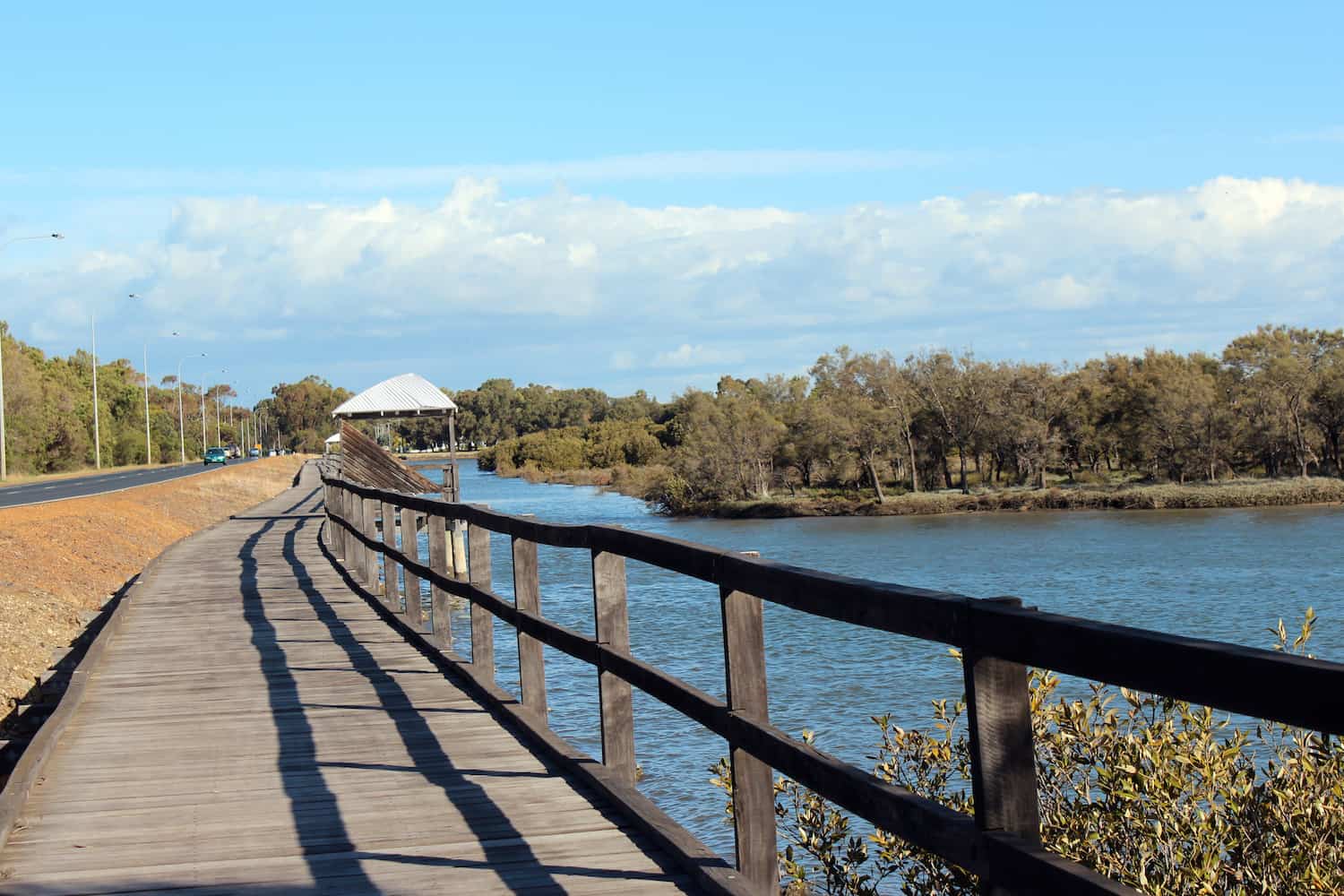
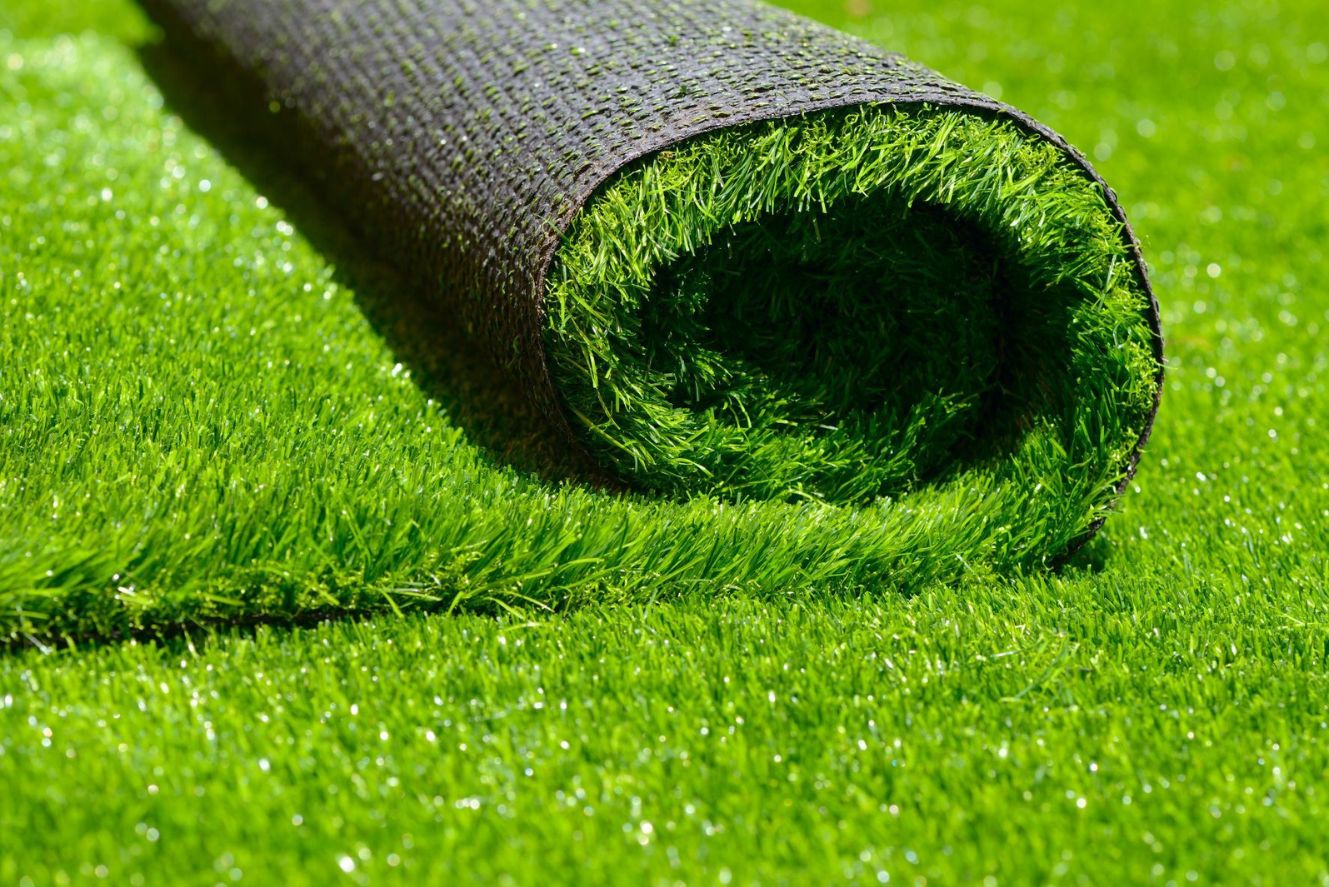
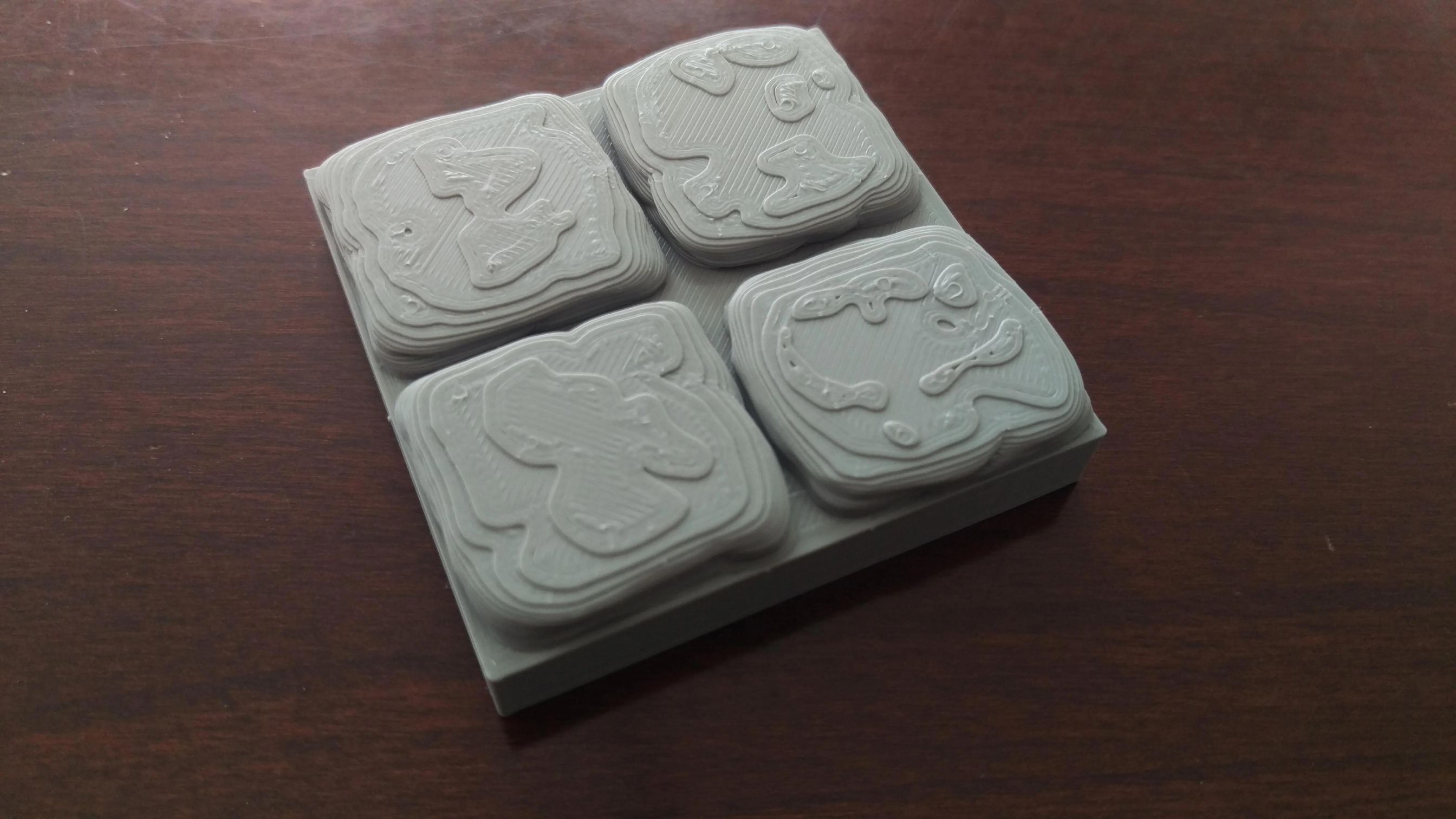
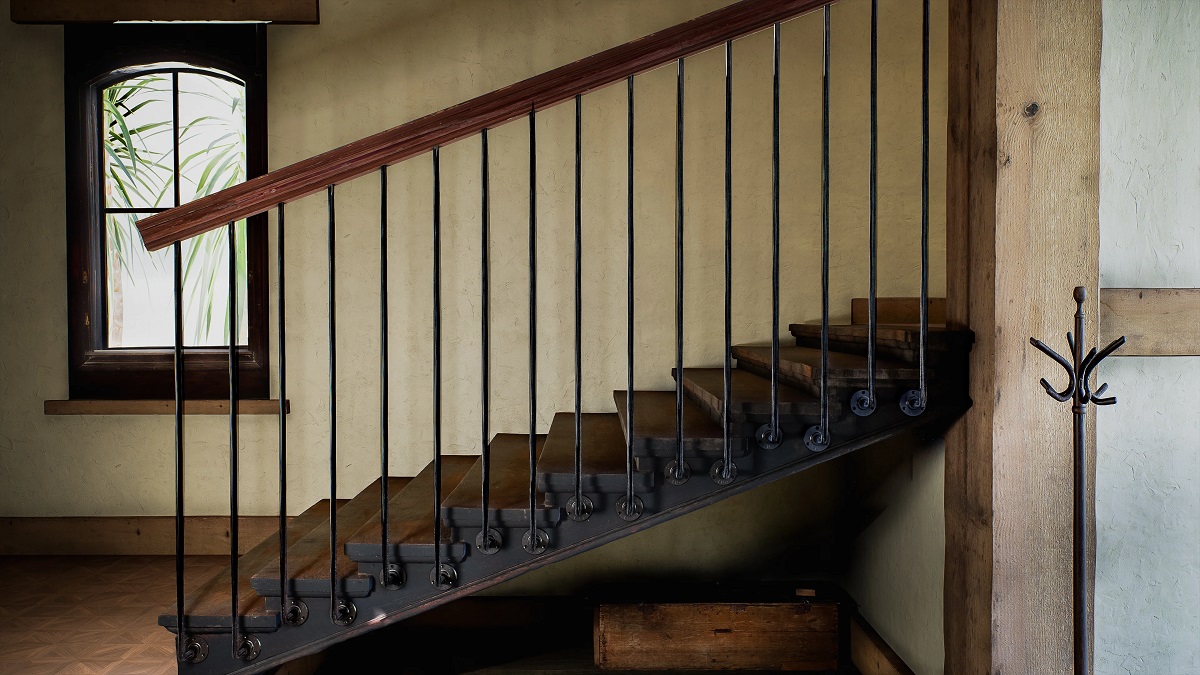
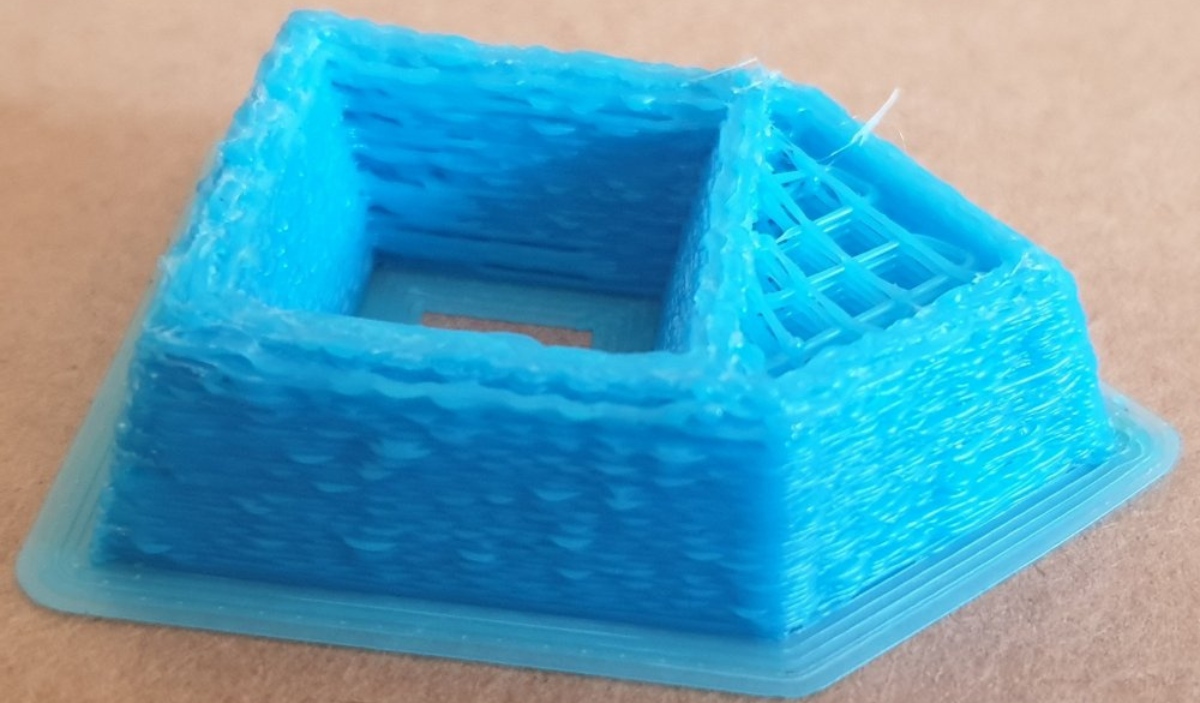
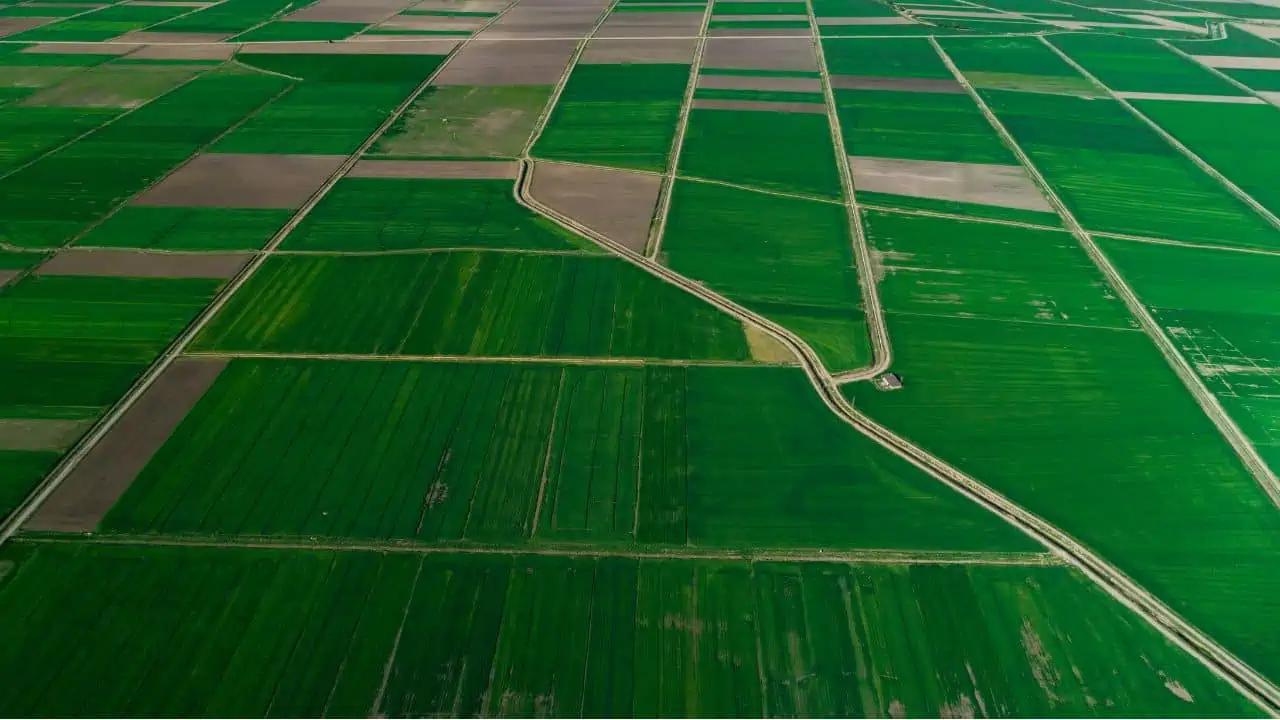
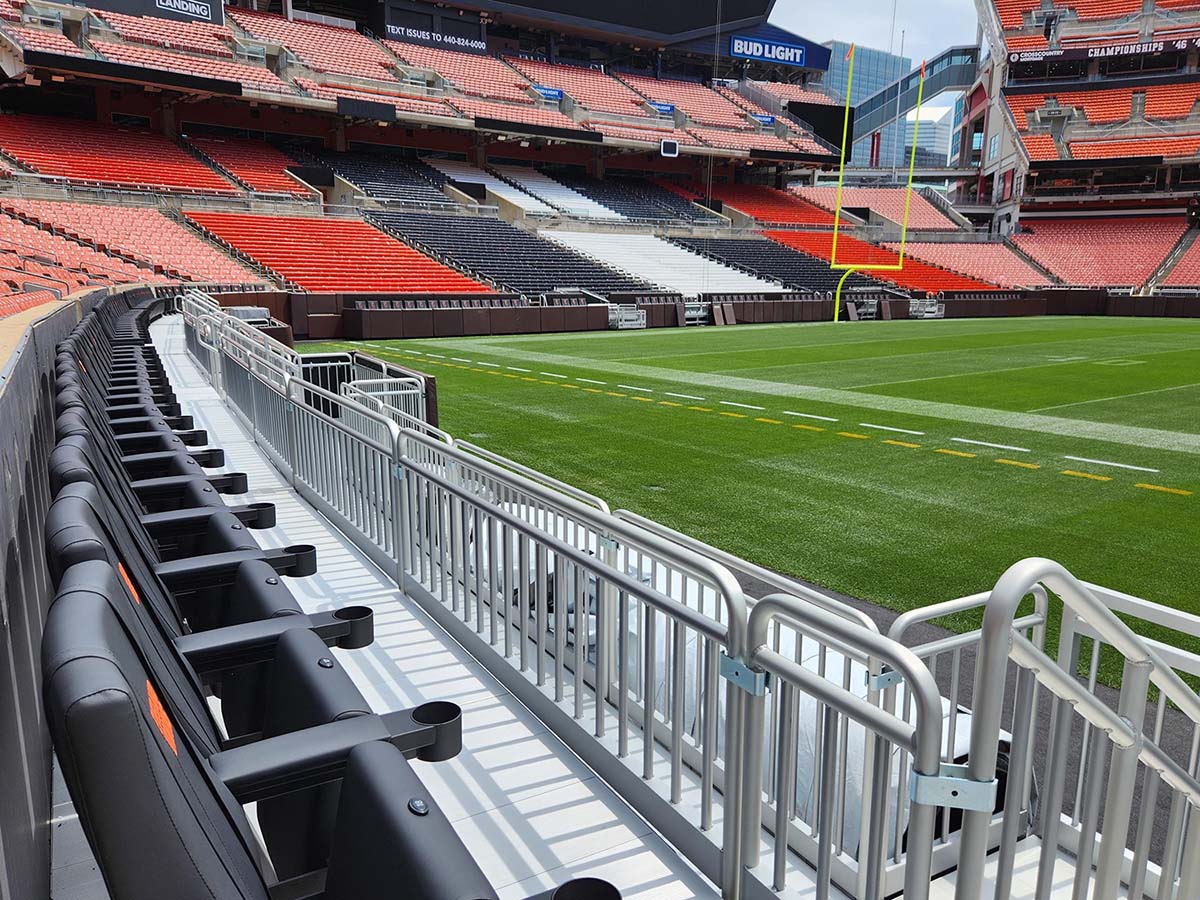
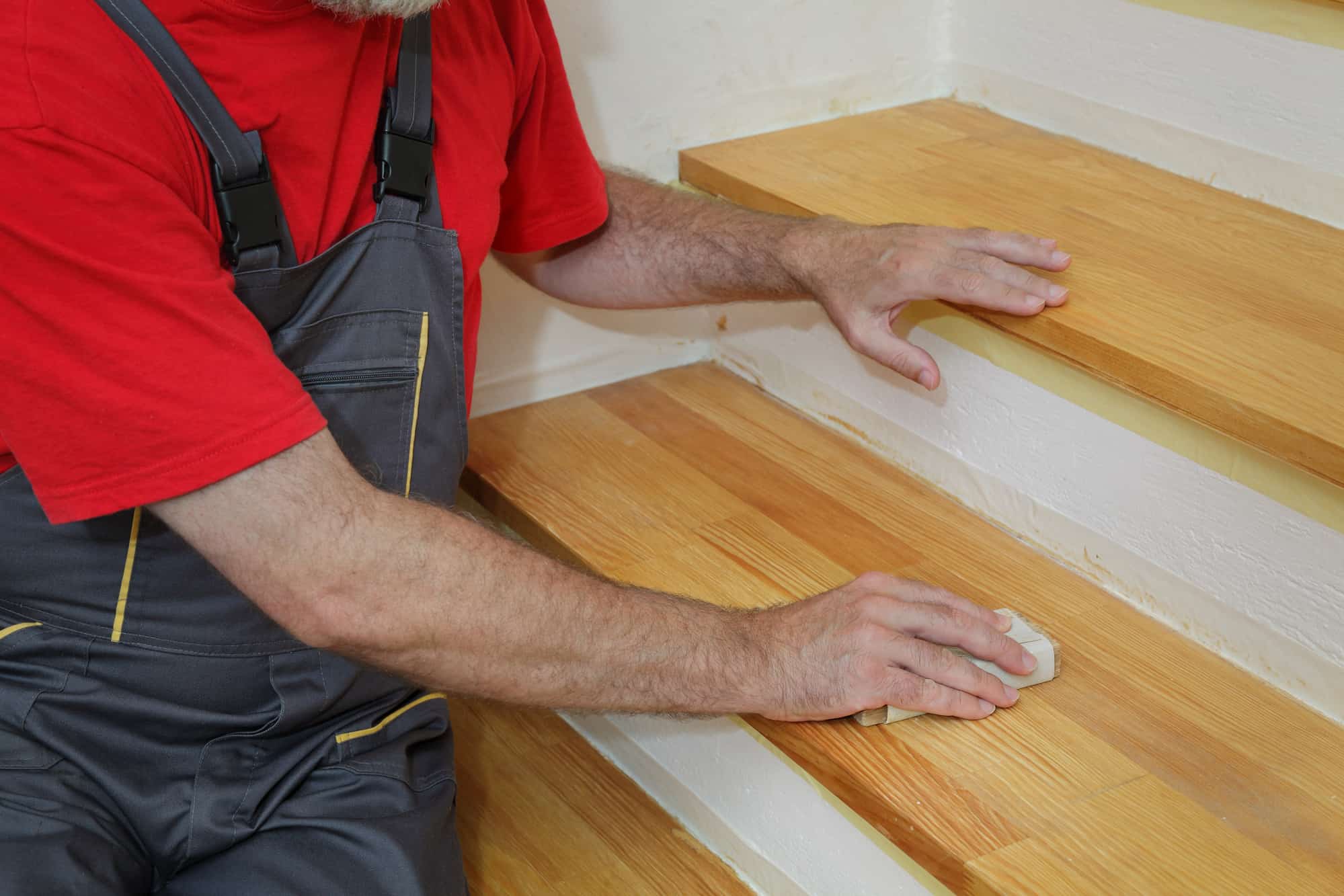
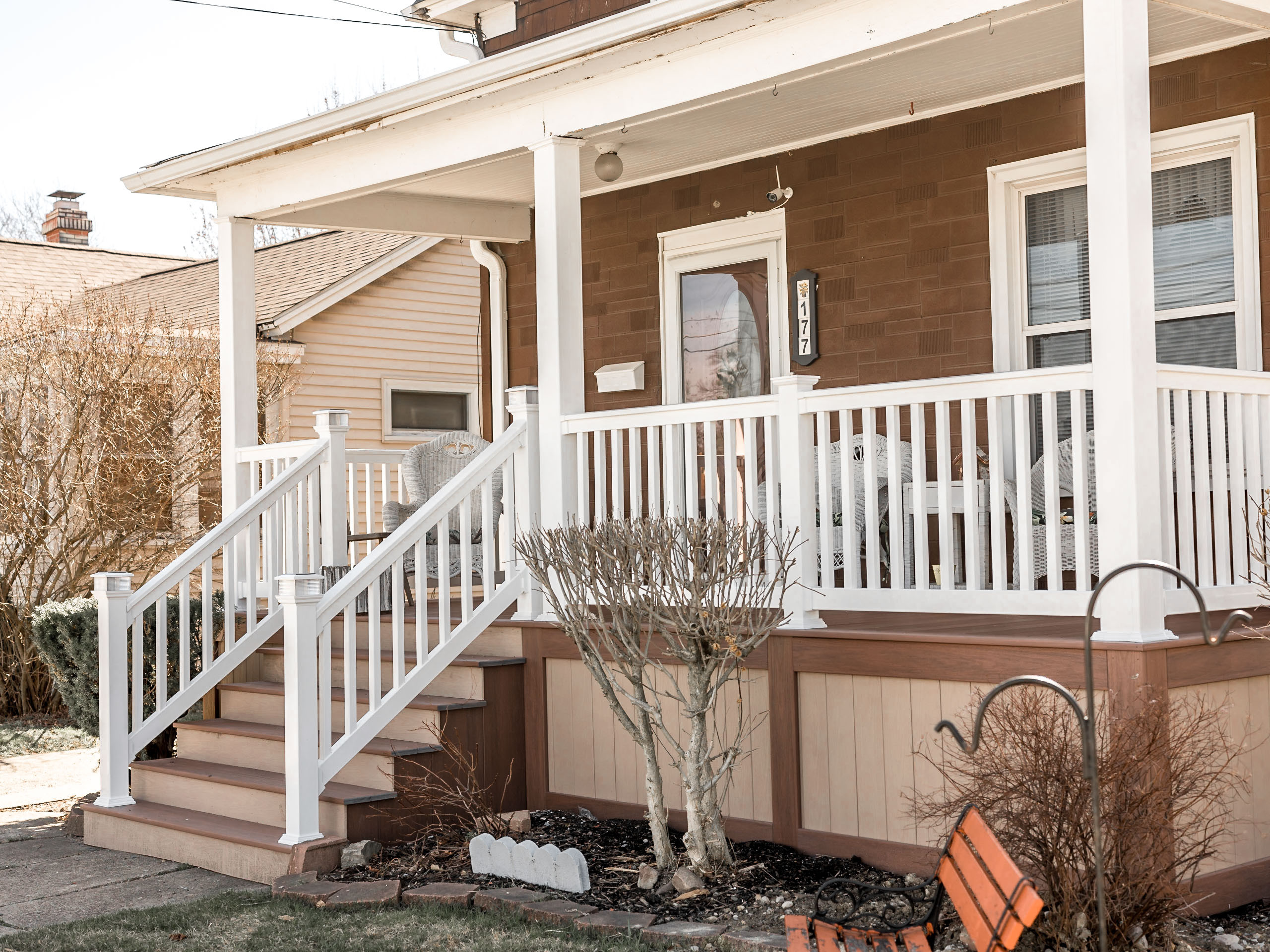
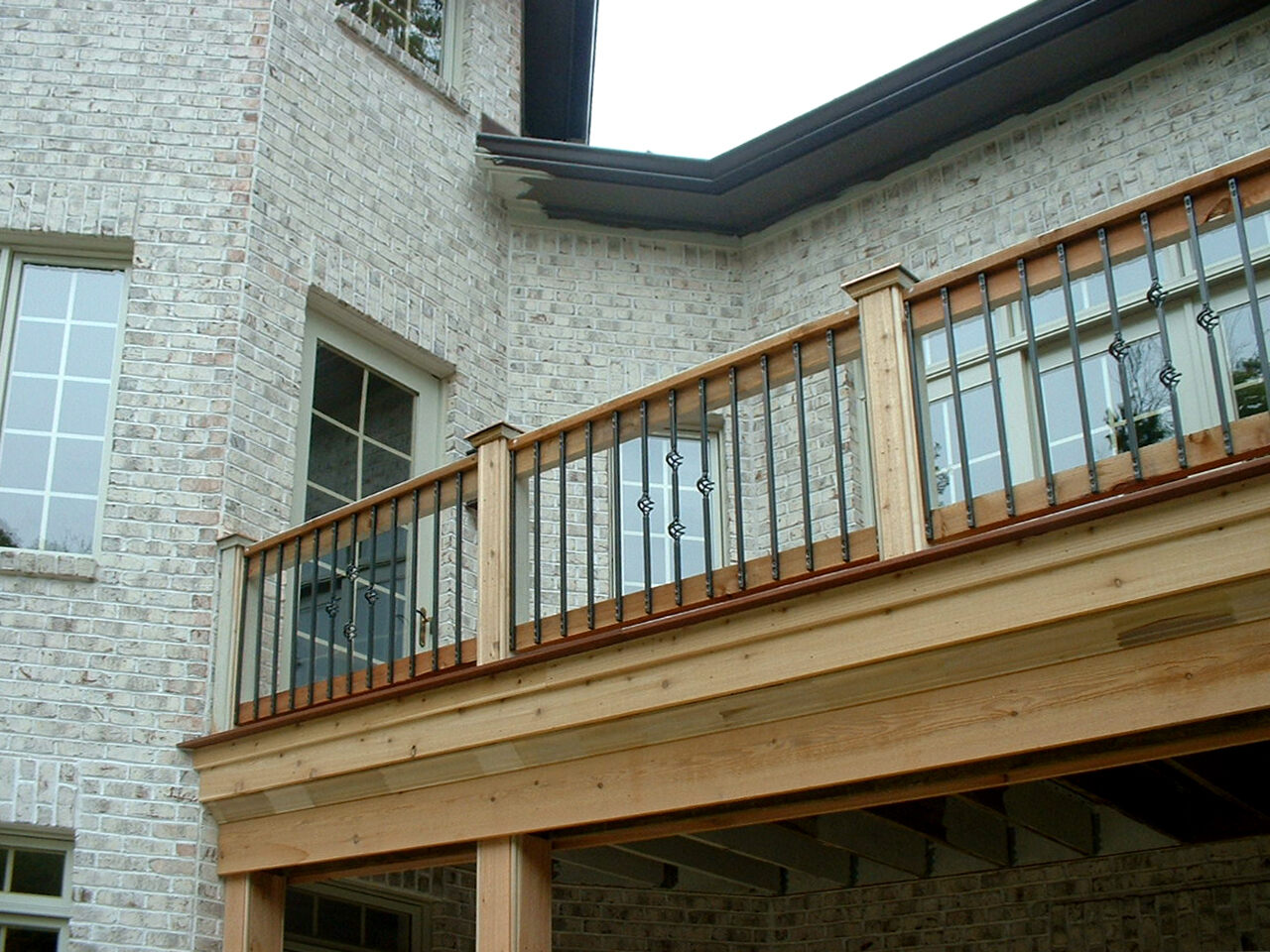

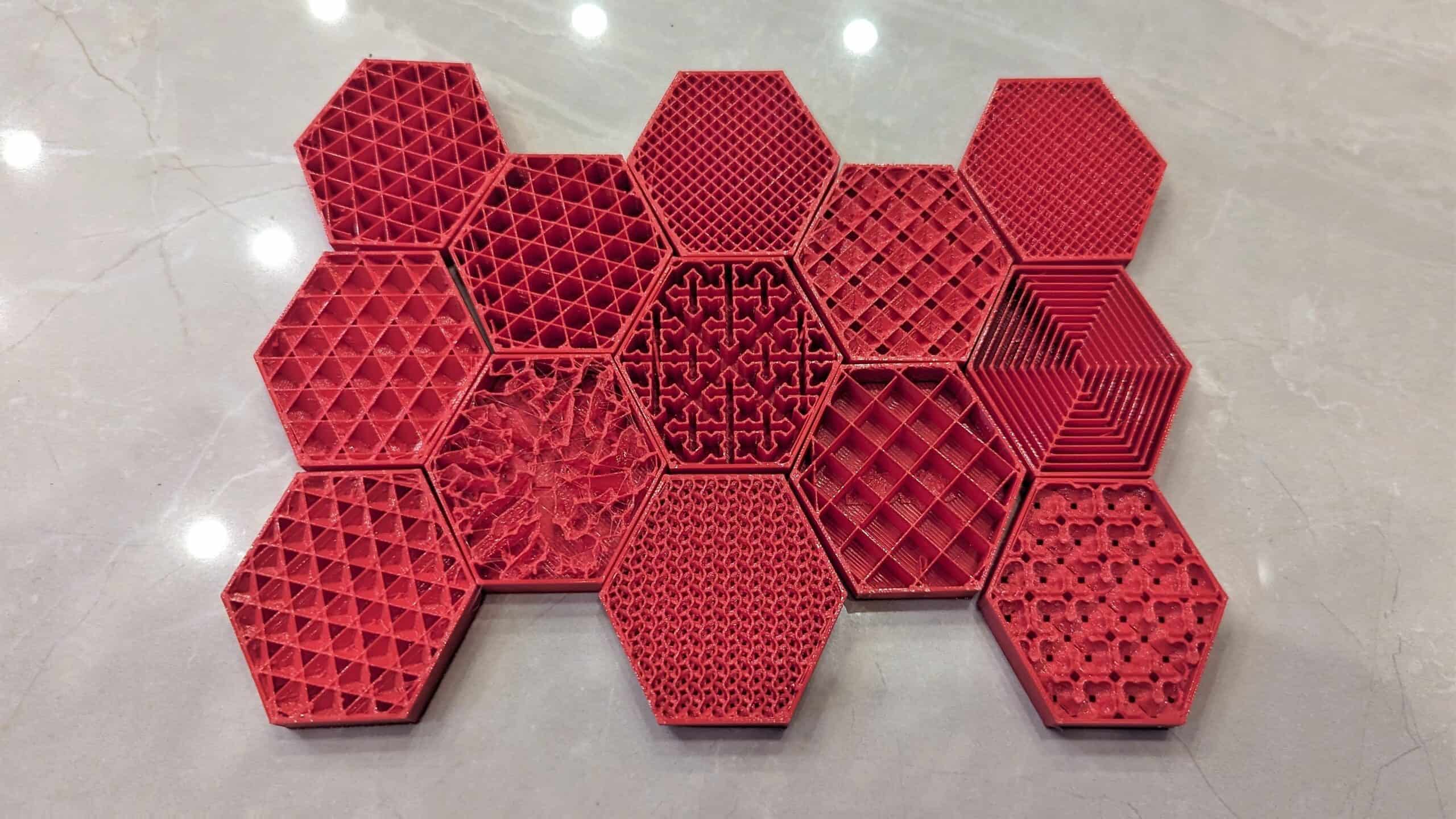
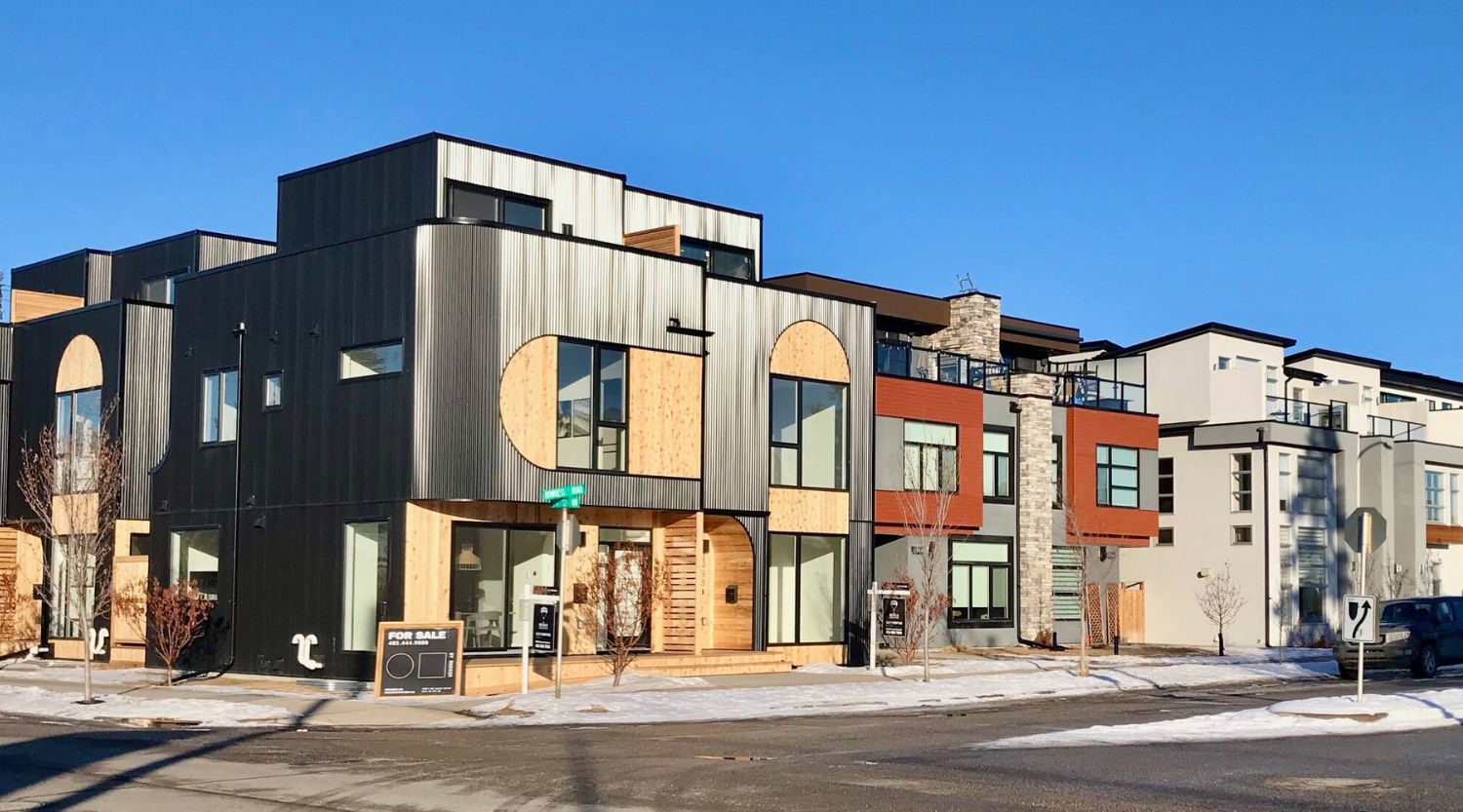

0 thoughts on “What Is A Baluster Rail Infill”